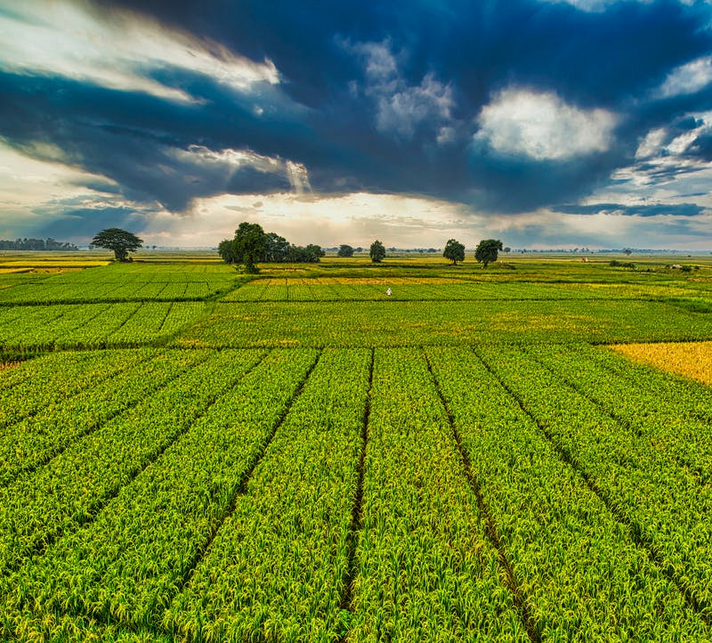When it comes to planting in the spring, many gardeners have a hard time deciding what to plant in May. This is because there are so many excellent options available. On one hand, you could choose an exotic shrub or tree that will provide color and beauty during the months of May through August. Then, you could choose to plant vegetables, flowers, or even fruits in early spring. It all depends on your personal preference and what you can see in your yard at that particular time.
If you live in a warm climate: where daytime temperatures stay above freezing for long stretches of time, you will want to plant bulbs, perennials, early perennials, and early vegetables such as beans, peas, and carrots. Again, depending on where you live, a perfect planting calendar for June might differ. For the west side of the state, where the frost-free growing season starts March 24 and ends November 17, the ideal vegetables for planting in May are tomatoes, zucchini, and peppers.
On the other hand: if you live on the east side, you can consider early flowering plants such as sunflowers, stargazer lilies, pansies, and sweet peas. These flowering annuals should be planted in large groups along the edge of your driveway or in your front lawn. To get them started, put some water in a hose and saturate the soil. Then grab a pair of gloves and dig the holes with your fingers about three inches deep. Keep in mind that you should not dig too deep and that you should cover the roots with a layer of compost to help them withstand the frost.
In most cases, gardens are provided with a year round garden supply of nutrients: One concern during the growing season of plants is for them to receive the right amount of nitrogen. A good way to help your plants get the right amount of nitrogen is to add a teaspoon of manure to every four to six inches of garden soil. Another way to add nitrogen to the garden is to take compost from your kitchen or garage, moisten it, add water, and let it sit for about a week. Make sure that there is at least two to three inches of moisture in the compost before starting your plants.
When choosing what to plant in May: it is important to be aware that all herbs require protection. Because of this, herb garden seeds should be stored in a cool, dark place such as a cupboard or an outside shed. Be sure to purchase seeds from a reputable seed dealer, as many dealers are less than honest. Once you have purchased your seeds, be sure to plant them in an area that receives full sunlight. Planting them in direct sunlight will encourage the growth of harmful insects, such as grubs, which can destroy your seeds.
The final item you should plant in May is bedding plants: Although bedding plants should not be planted until late in the year, they do provide some benefit by insulating the soil in your garden. If your garden has a small border, bedding plants may be planted on the border, just to provide a layered look. For a large bed, be sure to follow professional guidelines when it comes to spacing. The bedding plants you choose should be fast growing, as the roots will need room to spread and grow.
You should also consider what you want your garden to become, as well as the types of bedding plants you will use.









